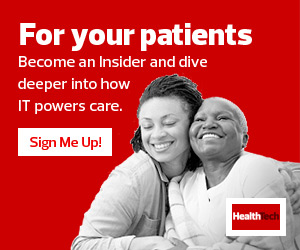When COVID-19 vaccines first became available in the U.S. in late 2020, health systems were at risk of being overwhelmed by the need to vaccinate thousands of people quickly and efficiently. Automated self-scheduling processes lifted the burden from healthcare workers and empowered patients to select appointments for themselves, which in turn allowed healthcare staff to focus on other priorities.
Beyond the pandemic, about 80 percent of patients prefer a physician who offers online scheduling, according to a study from Healthgrades and Stax. Additionally, a 2019 Accenture survey found that 70 percent of patients say they would choose providers who send emails or text messages when it’s time for preventive or follow-up care.
Healthcare systems need to assess their scheduling options to prevent long wait times and poor patient experiences, as this can affect their ability to attract new patients and retain current ones. Investing in better digital solutions such as scheduling options will benefit both patients and staff members.
Although making scheduling easier and more accessible to patients will help fill the calendar, appointment cancellations and no-shows can create vacancies on the back end of the scheduling process. Patients cancel or no-show for medical appointments for a number of reasons, but good patient engagement strategies can help providers get ahead of these and keep the schedule full.
READ MORE: Behind the mass vaccination effort: how providers adapted quickly.
Here are the top four reasons patients cancel medical appointments and what providers can do to address those issues:
1. Pre-Appointment Anxiety Due to Fear of the Unknown
For many, fear and dread of a doctor’s visit can result in avoiding, delaying or canceling appointments. Patients report fear over bad news, being reprimanded for putting off treatment and uncertainty over their financial responsibility. Patients may also put off a visit to avoid getting bloodwork done or undergoing certain exams and procedures. Anxiety over exposure to COVID-19 also spiked during the past year, resulting in more patients putting off care or canceling appointments.
According to research published in 2020 from VMware and MIT Technology Review Insights, 51 percent of healthcare organizations are increasing their investments in the patient experience, such as strengthening virtual care services.
Helping patients understand what to expect during their appointments can ease the fear of the unknown, and offering virtual care services, such as video visits and remote patient monitoring, continues to be a good option for patients during a global health crisis.










